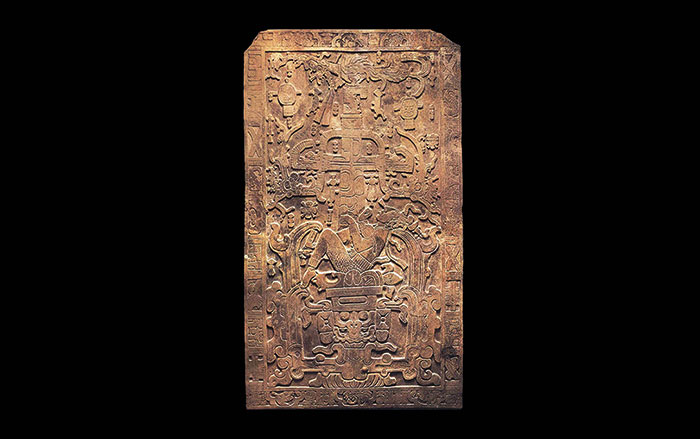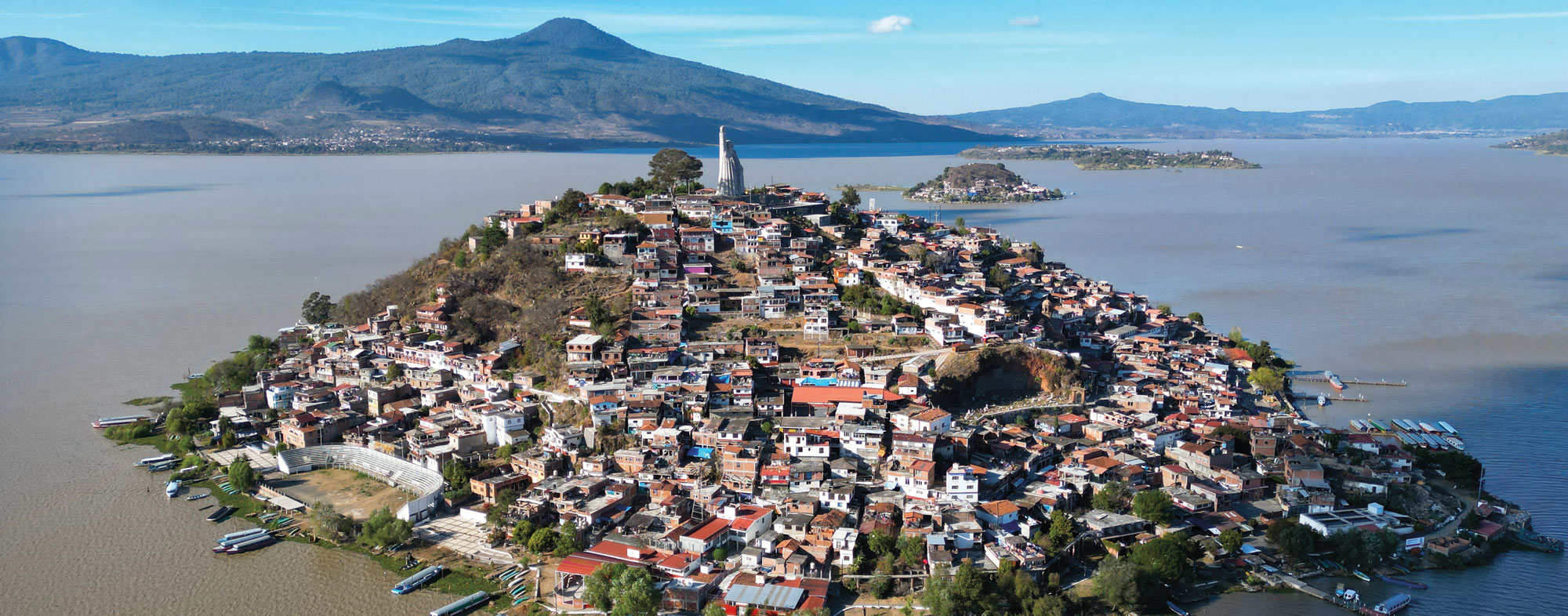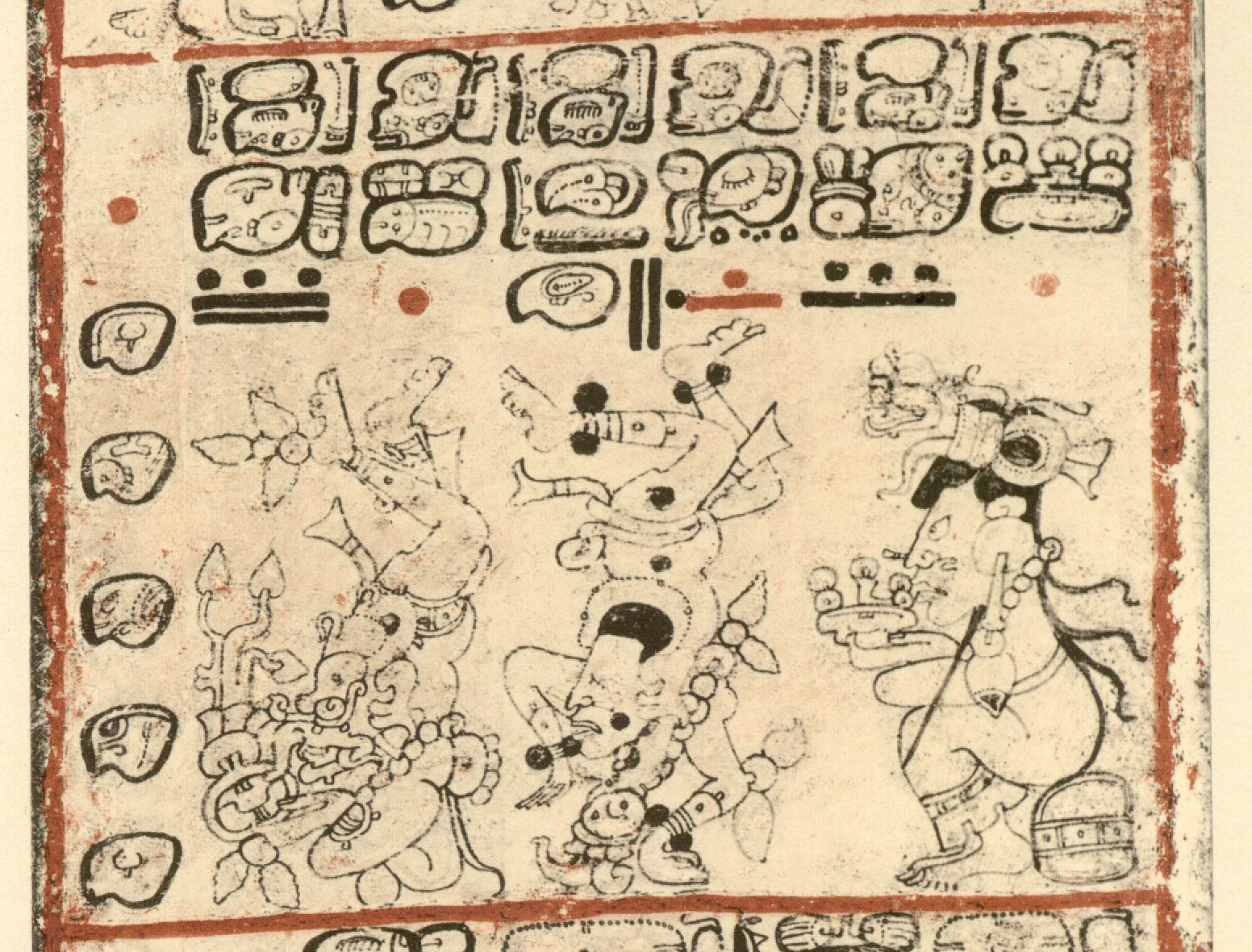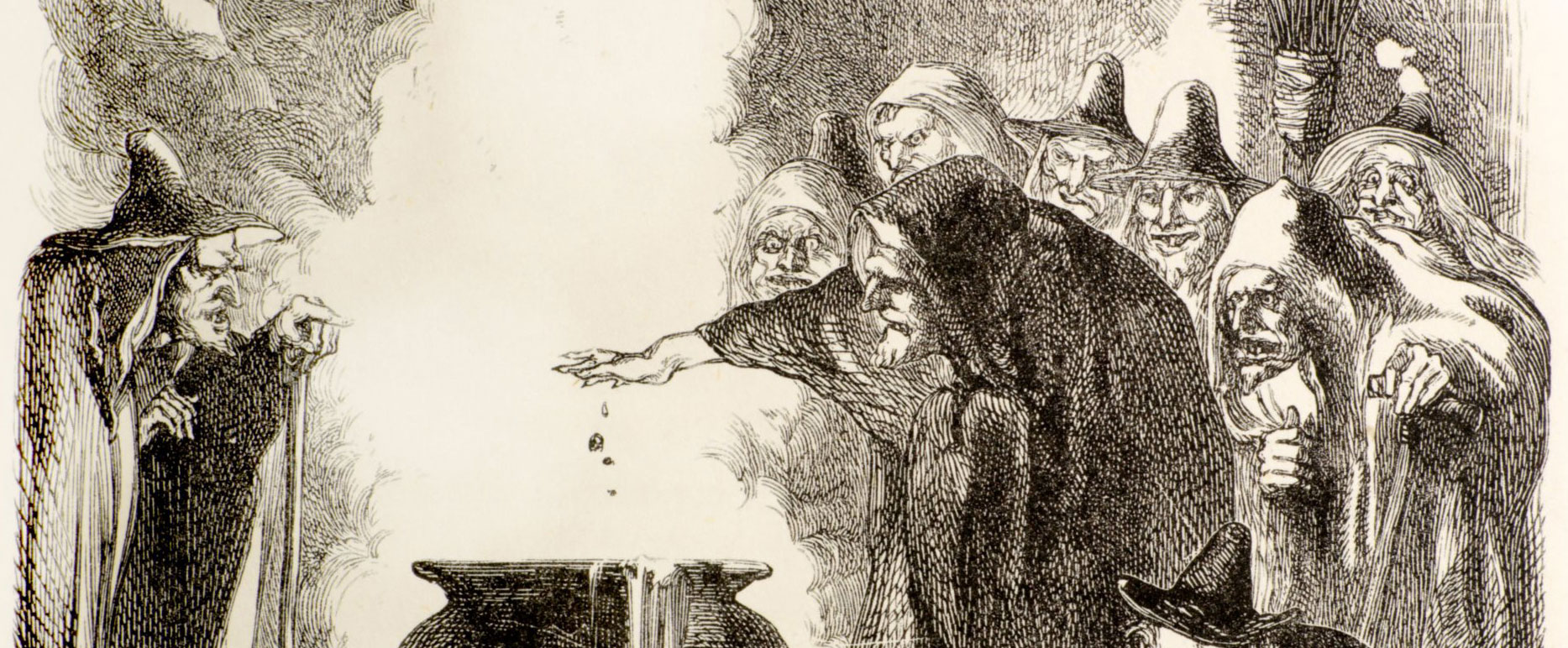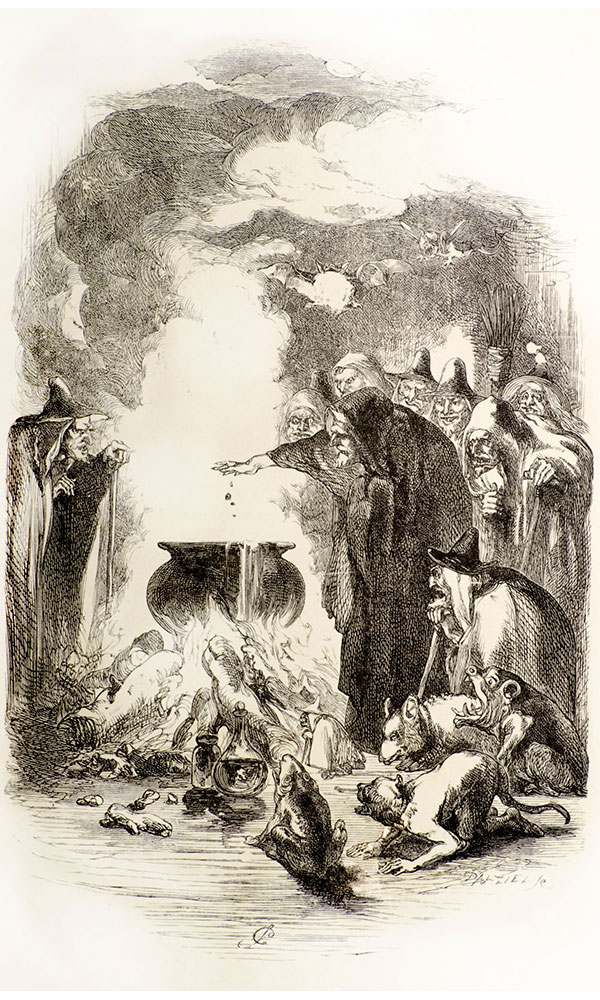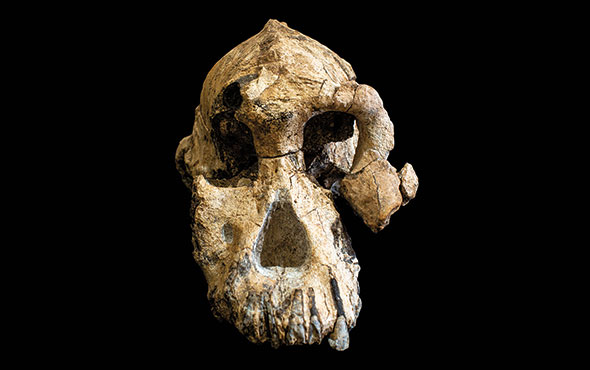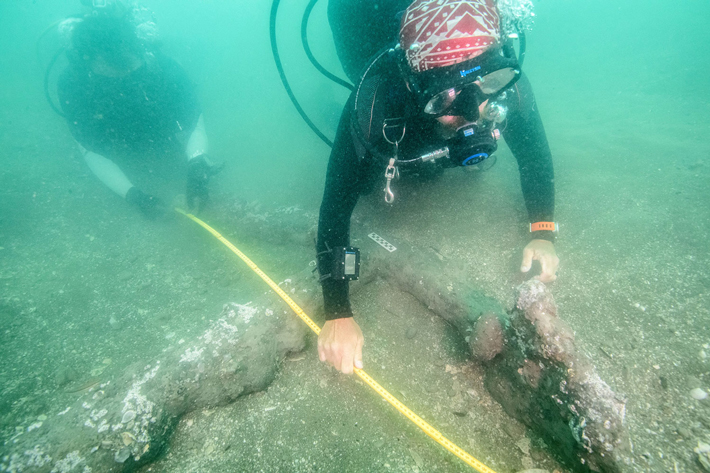
MEXICO CITY, MEXICO—According to a New York Times report, two iron anchors resembling those made in the sixteenth century have been discovered off the coast of southeastern Mexico. Underwater archaeologists from Mexico’s National Institute of Anthropology and History (INAH) found the anchors, which were buried under a thick layer of sediment, while searching the sea bed with magnetometers. The larger anchor measures about 13 feet long and five feet wide. The researchers suggest the anchors may have been left behind by Spanish explorer Hernán Cortés, who landed in Mexico in 1519, and attacked the Aztec capital of Tenochtitlan two years later. Another 15 possible anchor sites were also recorded. To read about the Aztec city that Cortés would have seen upon his arrival, go to "Under Mexico City."


